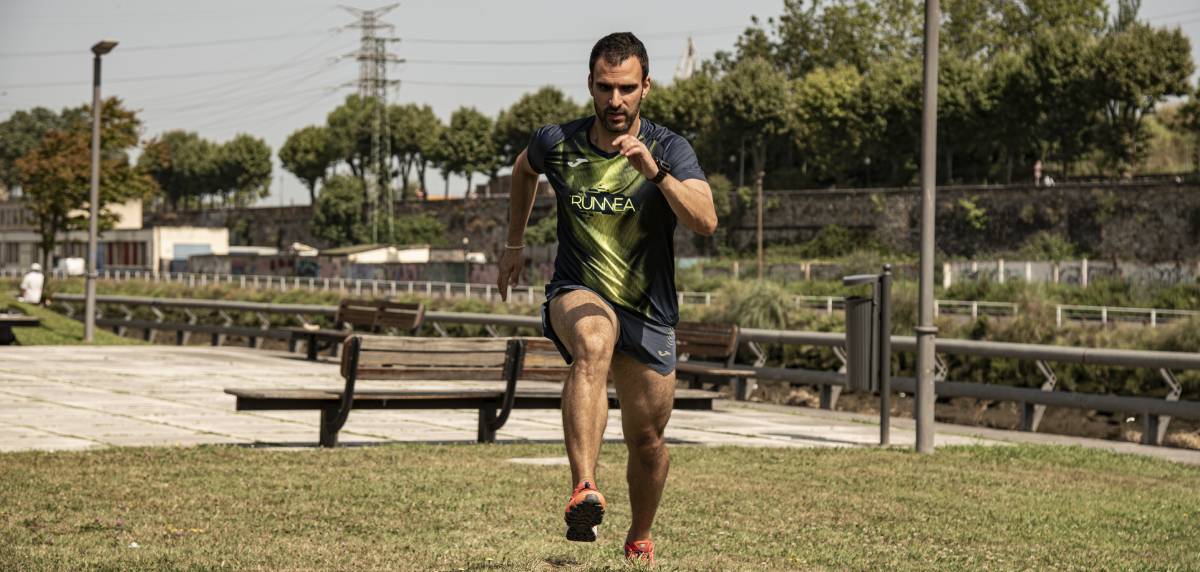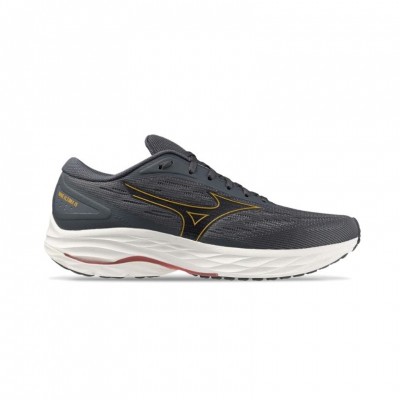If you have been practicing sports for some time, mainly running, you will have already noticed that the maximum capacity that our body is able to offer during a competition or training will be based on the time during which we will demand our body to accomplish that task.
- In a short distance race we will be able to reach a higher speed, since we will be exposing our body to a shorter time of effort in which the organism will not have to work at its maximum capacity in a prolonged way and rest will come sooner.
- To run a marathon, our body must be exposed to physical effort for a few hours, so if we bring our body to its maximum capacity quickly, it is likely that we will not be able to finish the race because of the overexertion that we will be causing.

This maximum capacity that our body can withstand is based on our heart rate range. The higher the number of beats per minute, the more overloaded our body will be and if we are not in adequate physical condition this can lead to major health problems.
Because of this it is necessary that we know the heart rate ranges that we should ideally maintain for each race distance, this way we will know what our maximum performance potential is and we will be able to face each challenge without putting our health at risk, but at the same time without feeling that we have not given the best of us.
How to measure heart rate?
The first thing we must know is the maximum range of pulsations that our heart is capable of producing. To find this out in a simple way we can apply a simple equation.
It is a scientific fact that the maximum capacity of any heart is 200 beats per minute, however, for every year we live it has been shown that the heart beats one less time per minute .
Thus, to know the maximum number of beats that our heart can support per minute, we will have to subtract our age from those 200 beats.
For example, a 40-year-old person can expose his or her heart to a maximum of 160 beats per minute, although this will also depend on the person's physical condition and state of health.
In order to have a more accurate data that adapts to our conditions, it will be necessary to perform more specific tests, such as the stress test, the maximum resting heart rate tests, the maximal test and other tests that are performed by professionals in controlled environments. Let us remember that a sedentary person of 40 years of age and a high performance athlete also of 40 years of age will have different pulse values, because the athlete will have already prepared his body for a certain performance.

Currently, heart rate monitors are also an excellent tool that allows us to know in a simple way how many times per minute our heart is beating. If we use the data from the heart rate monitor and the equation mentioned above, we will have a fairly accurate guide to know how far we can take our heart rate in each race.
This data will be complemented with the information that we will describe below, it is important to emphasize that the measurements are based on an acceptable physical condition and this may vary from person to person.
- You may beinterested in: Which heart rate monitor should I buy?
Heart rate range according to race distance
Depending on how long a race or any physical exercise lasts, our heart will be able to withstand more or less intensity according to its maximum capacity. So, for short distance races we can take our heart almost to the limit of beats per minute, while for a marathon it is best to stay within a more controlled range of beats that allows us to cope with the effort.
The maximum heart rate percentages to which we should expose ourselves according to the distance of the race are the following:
- For a 5 kilometer race, we can take our heart to 95-98% of its maximum capacity.
- For a 10 kilometer race, the percentage should be between 90-95%.
- The half marathon can be run at 85 to 90% of our maximum heart rate.
- For the marathon it is best to stay between 80 to 85% of our heart's maximum capacity.

A person who starts running should maintain a heart rate during the race, between 70 to 75% of their maximum capacity.
- You may beinterested in: Start running: 7 arguments that will help you not to throw in the towel
As you may notice the above data we have provided in percentages, but then how do we know how many beats per minute this means? We will explain below.
Calculation of beats per minute according to running distance
To know the heart rate (HR), i.e. the heart rate at which our heart must be maintained according to the distance of the race, we need to know beforehand what our maximum heart rate (MHR) and our resting heart rate (RHR) are; these data are best obtained through professional studies, although heart rate monitors can also be of great help.
Before measuring these values, we must take into account that the best time to do so is when we are in good performance conditions, since the data may be altered if we are ill, for example.
Maximum heart rate
As mentioned above, the maximum heart rate or MHR is the maximum number of heartbeats that our heart can make in one minute; this data is dictated by both our age and our physical condition. To obtain this data we can perform specific studies or use the formula we have already mentioned, subtracting our age from 200.
Heart rate monitors can also give us data on how many beats our heart is making in certain exercise conditions. If we decide to use this data, it is best to take measurements over several days and average them.
Resting heart rate
The resting heart rate refers precisely to the number of times our heart beats per minute when we are not doing any physical exercise. This valor is taken when we first wake up, since this is the moment when our heart is most relaxed.

As we have already said, some heart rate monitors are currently capable of measuring this valor, to do so, put on the heart rate monitor before getting up or doing any other activity. Breathe deeply and stay relaxed until the measurement is complete. It is best to calculate this valor for several consecutive days to obtain more accurate data. While you are taking the measurement, make sure there are no distractions, do not talk or make any movements that may alter your heart rate.
Running frequency
Now that we know both values, the maximum frequency and the resting frequency, we can calculate by means of the Karvonen formula, the running frequency, as follows.
HR = (MHR - FCR) x running percentage / 100 - FCR
Next we will give you a clearer example. Suppose you are going to run a marathon, this means that your heart rate range should be between 80 and 85% of your maximum capacity. If after calculating your heart rate per minute values you obtained that your maximum heart rate (MHR) is 160 beats per minute and your resting heart rate (RHR) is 60 beats per minute, then the above formula would apply as follows:
HR = (160 - 60) x 80/100 + 60 = 100 x 0.8 + 60 = 140
HR = (160 - 60) x 85/100 + 60 = 100 x 0.85 + 60 = 145
So, this means that to run a marathon the range of beats per minute that you should maintain is between 140 and 145 beats per minute. With this data, you can control your performance by means of the heart rate monitor and know if you are performing adequately in the race.
It is important to obtain the values of both the minimum effort and maximum effort by applying the formula twice as we have done above, so you can stay within a safe range, without underperforming what you are capable of giving but trying not to exceed your maximum potential.

We remind again that these data are purely indicative, as the maximum heart rate capacity may vary from person to person.
A professional athlete for example will have a resting heart rate of about 60 beats per minute, while a person who does not exercise frequently might have a restingheart rate of about 80 beats per minute.
If we are at a beginner level we can measure our heart rate and running frequency about once a month, so we can monitor whether we have made progress during training. On the other hand, a trained athlete can measure these values approximately every three to six months.
It is always important to maintain an adequate medical control when we want to run long distance races, this way we will know that we are in optimal health conditions to take our heart to its maximum performance.
Read more news about: Running Training






















